Options include gorilla trekking in Rwanda or Uganda, a Big Five safari in Tanzania’s iconic parks, or relaxing on the beaches of Zanzibar. Each offers a unique way to celebrate your achievement.
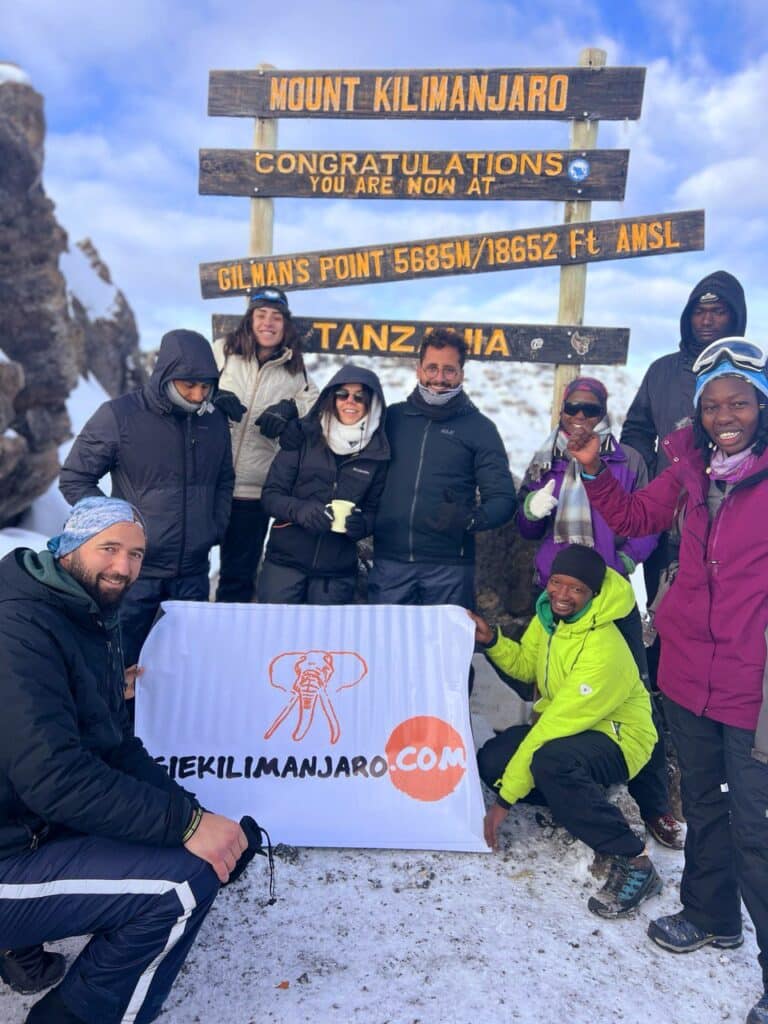
Mount Kilimanjaro Trekking is an incredible achievement that mentally and physically challenges you. It requires dedication and commitment, from travelling to Tanzania to reaching the mountain’s summit.
You deserve to celebrate your success once you’ve conquered this majestic peak! Fortunately, plenty of amazing experiences are nearby to help you unwind and relish your accomplishment. This blog post will explore some of the best options for what to do after climbing Kilimanjaro.
You could embark on a thrilling Tanzania safari to spot the Big Five. Serengeti, Ngorongoro Crater, and Tarangire are just a few of the iconic parks that offer extraordinary wildlife encounters and breathtaking landscapes.
For those seeking relaxation, Zanzibar offers the perfect setting. Imagine sipping a refreshing drink while lounging on its pristine beaches or exploring the rich history of Stone Town—Zanzibar is a paradise for both relaxation and culture.
If you’re in the mood for another adventure, trek through ancient forests to see mountain gorillas in Uganda. Bwindi Impenetrable Forest is one of the best places to experience this unforgettable encounter with one of the world’s most endangered species.
Keep reading, and we’ll guide you to the perfect post-Kilimanjaro adventure to suit your style of relaxation and exploration.
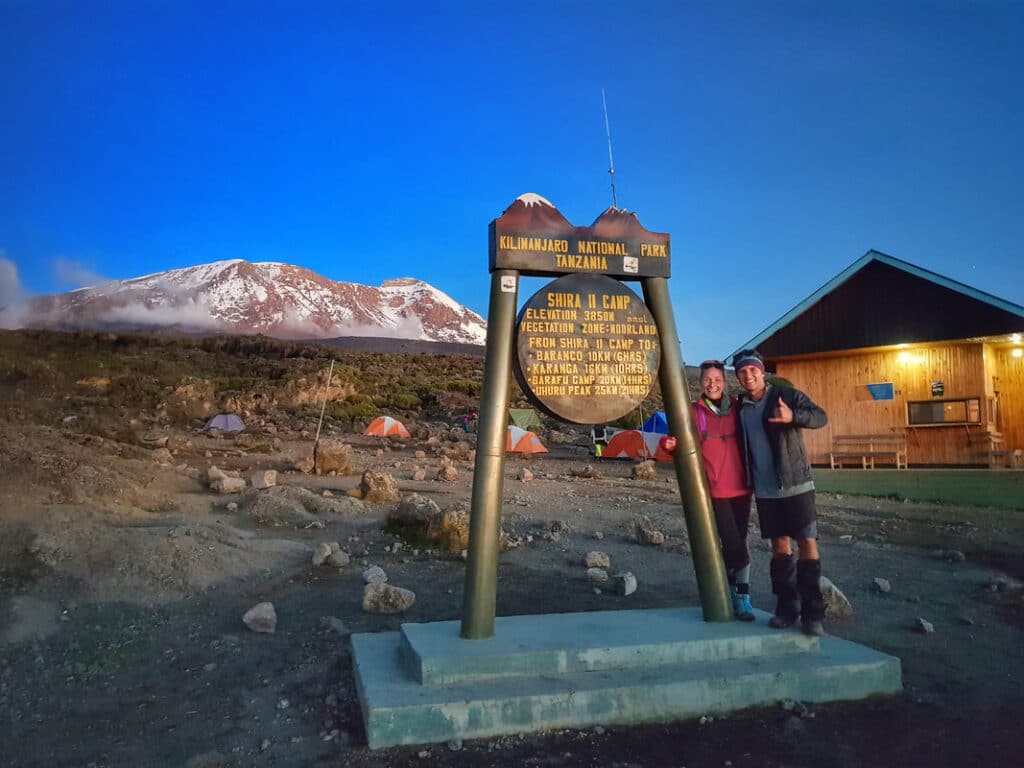
After conquering Kilimanjaro, countless exciting activities exist to explore, both within Tanzania and beyond. However, to make your post-climb experience truly memorable, we’ve narrowed it down to three exceptional options, each offering a mix of unique and world-class attractions:
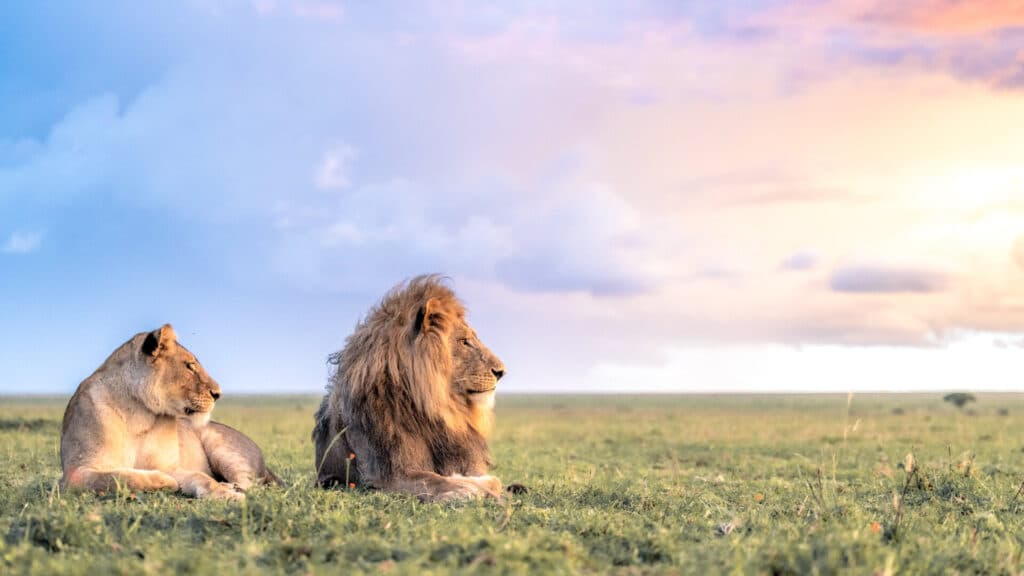
A Tanzania safari offers much more than just the typical wildlife experience. For one, it’s home to the world-famous Serengeti, an ecosystem renowned for its abundant large game and diverse wildlife. The Serengeti’s vast plains are teeming with life, providing unparalleled opportunities for wildlife sightings, from majestic elephants to powerful lions. This iconic destination is not just about spotting animals; it’s about immersing yourself in a world of untamed beauty.
Additionally, the Ngorongoro Crater, a vast collapsed volcano, serves as a remarkable wildlife sanctuary, with the largest concentration of lions found anywhere on Earth. The crater, often referred to as the “Eden of Africa,” is a unique geological feature that offers a microcosm of Africa’s biodiversity. Here, you’ll encounter not only the Big Five but also an array of other species that thrive in this protected environment.
Tanzania is also home to the Big Five — elephants, lions, rhinos, leopards, and buffaloes — making it a prime destination for travellers seeking to spot these iconic animals. The thrill of encountering these majestic creatures in their natural habitat is a highlight of any safari. But Tanzania’s wildlife doesn’t stop there. The country is teeming with cheetahs, giraffes, hippos, warthogs, hyenas, and jackals, all adding to the allure of an unforgettable safari.
Moreover, Tanzania’s birdlife is extraordinary, with over a thousand species, including eagles, vultures, ostriches, and flamingos, often seen during safaris. Whether perched on the branches of a tree or soaring high above the plains, Tanzania’s avian residents contribute to the country’s reputation as one of the best birdwatching destinations in the world.
No safari in Tanzania would be complete without witnessing the Great Migration, one of the most spectacular natural phenomena on the planet. Every year, millions of wildebeest, zebras, and gazelles make their way across the Serengeti in search of food and water, closely followed by predators. It’s an awe-inspiring event that offers a rare opportunity to witness nature’s raw power and beauty. The Great Migration is truly the crown jewel of Tanzania’s wildlife experiences.
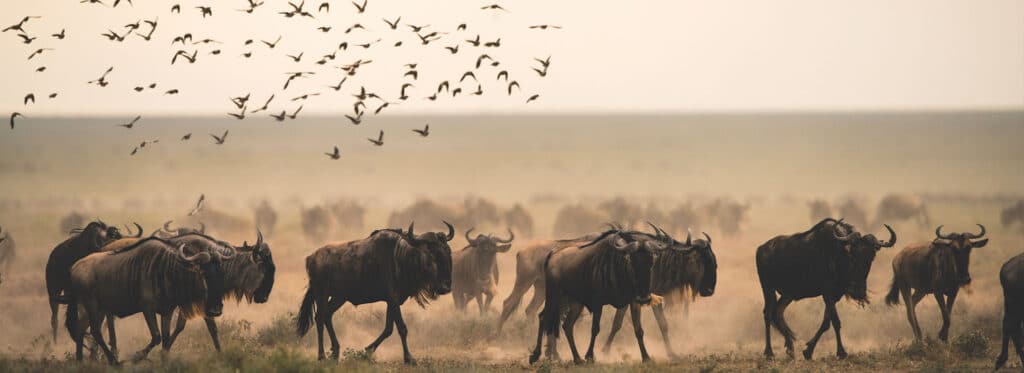
Have you ever heard of the Great Migration? This incredible event sees millions of wild animals migrate across northern Tanzania annually.
The migration begins in the Ngorongoro Conservation Area, moves through Serengeti National Park, and eventually reaches the Maasai Mara Reserve. Driven by the search for fresh grazing grounds, the migration involves around 260,000 zebras, 470,000 gazelles, and an astounding 1.7 million wildebeest.
Witnessing such a massive movement of animals across the vast plains of Tanzania is an awe-inspiring and truly unforgettable experience.
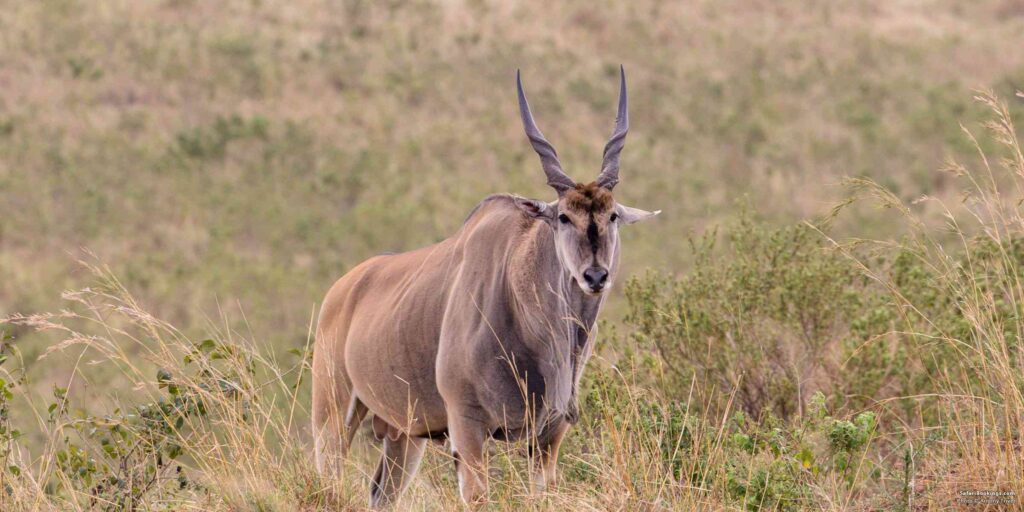
At Great Image Expedition, we’ve curated your ultimate Tanzania safari experience! This is the perfect complement to your Kilimanjaro climb, as you won’t have to travel far to reach some of the world’s top game reserves. We’re discussing iconic destinations like Serengeti National Park, Lake Manyara, and Ngorongoro Crater. Here, you’ll witness the Big Five and do so in breathtaking landscapes, including the stunning setting of a volcanic crater.
And we haven’t forgotten your desire to immerse yourself in local culture. The Maasai, a Nilotic people renowned for their vibrant traditional attire and energetic jumping dance, will welcome you. You’ll have the chance to meet members of a Maasai community and even try to match the height of their impressive jumps!
Please look at our suggested Tanzania safari adventures and see why this is essential to your journey!

After their Kilimanjaro adventure, a popular choice for many is to relax on the stunning beaches of Zanzibar, an idyllic archipelago off Tanzania’s coast. This is the perfect way to unwind after your trek, with plenty of time to enjoy the serene atmosphere. Imagine lounging on soft, white sand, sipping a refreshing cocktail, and deciding whether to dive into the crystal-clear waters of the Indian Ocean or enjoy a good book under the shade of an umbrella.
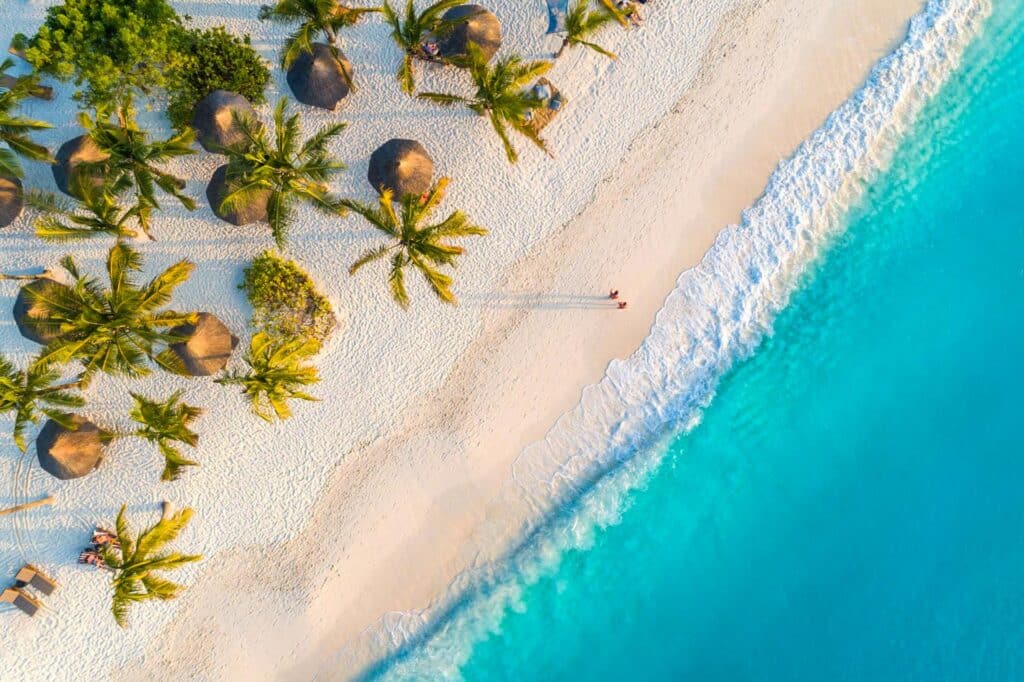
Zanzibar’s white sands and crystal-clear blue waters attract visitors from all over the globe.
Whatever your dream beach holiday looks like, Zanzibar has it all:
It’s all here in Zanzibar!
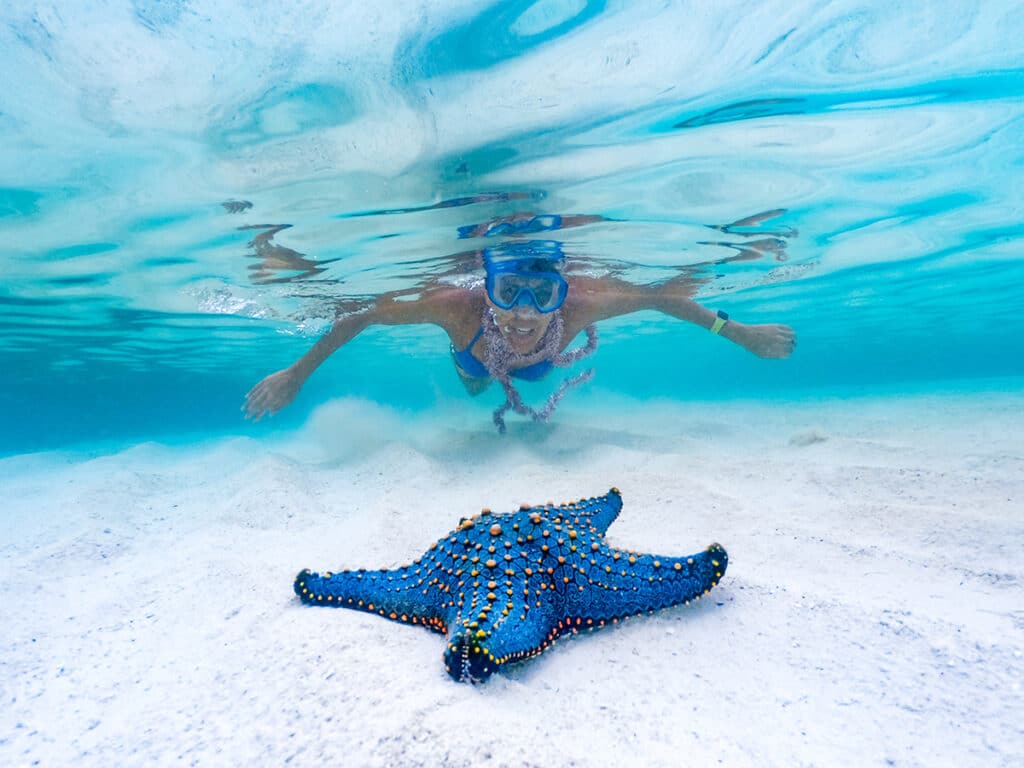
Zanzibar, strategically located on the African coast, has a prosperous trade and cultural exchange history. One of its most significant landmarks is the World Heritage Site of Stone Town, located on the west coast of Unguja Island. This centuries-old town has been meticulously preserved, offering a glimpse into its fascinating past.
Wandering through the narrow, winding streets of Stone Town, you’ll encounter beautiful timber doors intricately carved and heavy with history. The town is a melting pot of cultures, with visible influences from Swahili, Arab, Persian, Indian, and European heritage.
Another highlight is a visit to the Old Fort, built by Omani Arabs in 1699 after they ousted the Portuguese. This historic site offers a deeper connection to Zanzibar’s colonial past.
For a sensory adventure, a spice tour is a must. You’ll visit local spice farms where you can smell and taste Zanzibar’s famous spices—cinnamon, nutmeg, turmeric, cardamom, and cloves. Known as the Spice Island, Zanzibar has a long spice cultivation and trade history, making this tour a flavorful experience.
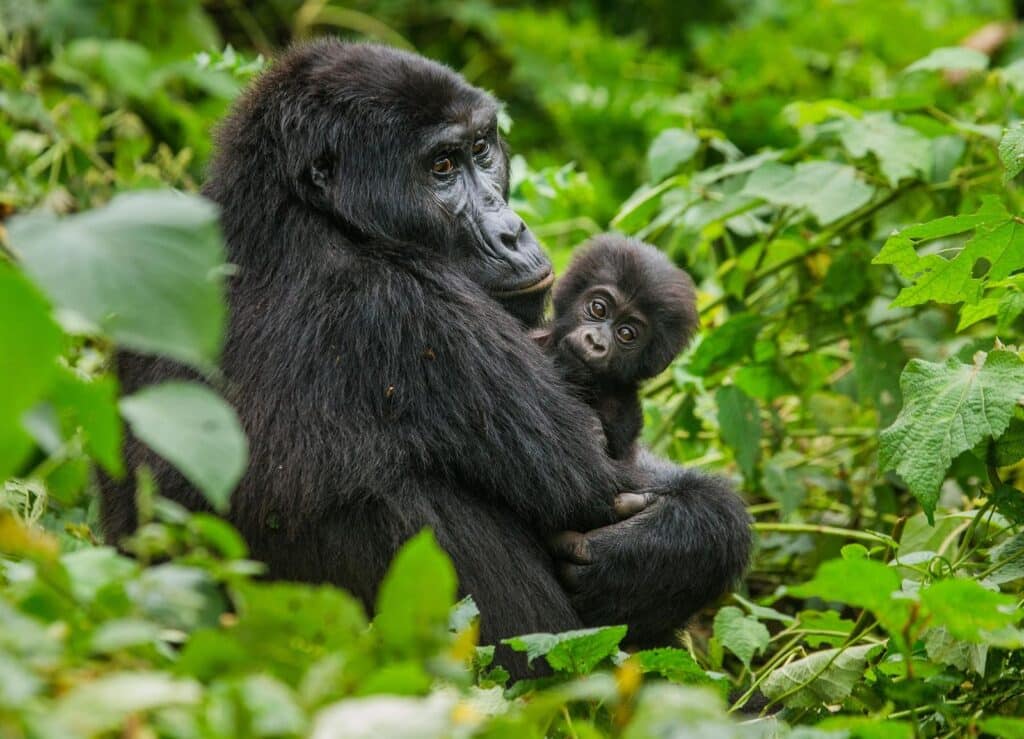
Imagine walking through a dense rainforest high in the mountains with a small group. Your guide leads the way, occasionally using a machete to clear the thick undergrowth, allowing the group to continue. The muddy ground squelches underfoot, and water droplets cling to the large leaves overhead, creating a sense of immersion in the lush, green world around you. The air is thick with anticipation and humidity, and every step brings you closer to an unforgettable encounter.
As you hike quietly, your eyes are peeled for the flurry of birds and butterflies that flit through the trees. The excitement builds as you approach the gorilla family’s territory. Soon, you’ll be standing just a few feet from these magnificent creatures, observing them as they eat, play, and interact with one another. The air is still, and time seems to slow as you watch these gentle giants in their natural environment, completely at ease and undisturbed by your presence.
Gorilla trekking is a beloved adventure for conservationists, nature enthusiasts, animal lovers, eco-tourists, and thrill-seekers alike. It offers an unparalleled opportunity to witness the incredible behavior and social dynamics of mountain gorillas, an endangered species with fewer than 1,000 individuals left in the wild. Trekking provides a rare and intimate experience, allowing visitors to get within a few meters of a gorilla troop, seeing them up close as they go about their daily lives in the forest.
Mountain gorillas are found only in the forests of Central and Eastern Africa, specifically in Rwanda, Uganda, and the Democratic Republic of the Congo. These regions offer some of the most sought-after trekking experiences in the world, and the opportunity to observe these creatures in the wild is a once-in-a-lifetime event. For many, it’s not just about seeing the gorillas, but about participating in the conservation efforts that help protect them and their habitat for future generations. The experience leaves an indelible mark on the soul, inspiring awe, respect, and a deeper connection to the natural world.

Mountain gorillas are gentle, plant-eating creatures, feeding on a diet primarily composed of shoots, bark, and fruit. Despite their large size, they are peaceful animals that prefer a life of calm and social interaction. These gorillas are highly social, living in family groups known as troops, typically led by a dominant male known as a silverback. The silverback earns his name from the distinctive silver fur that grows on his back and hips, a feature that appears around the age of 12.
Although mountain gorillas are an endangered species, their population is gradually increasing thanks to dedicated conservation efforts. The work of conservationists, local communities, and governments has been vital in protecting the gorillas’ habitat and reducing the threats they face. Funds generated from gorilla trekking play a significant role in these efforts, helping to safeguard the gorillas’ natural environment and ensure their long-term survival. Every trekking permit sold directly contributes to these conservation programs, making the activity not only a thrilling adventure but also an important contribution to wildlife preservation.
Mountain gorillas do not migrate and remain in their forest home year-round. This stability in their habitat makes gorilla trekking possible throughout the entire year, offering travelers flexibility in choosing when to visit. However, it’s important to note that the mountain rainforest where these gorillas live can become quite wet and slippery, especially during the rainy season.
For the best trekking experience, it’s ideal to visit during the drier months. The optimal times for gorilla trekking are from December to February and June to October, when the trails are more manageable and the weather is more favorable. During these months, the chances of encountering gorilla families are higher, and the trek is more comfortable, allowing you to fully enjoy the experience of meeting these incredible creatures in their natural habitat.
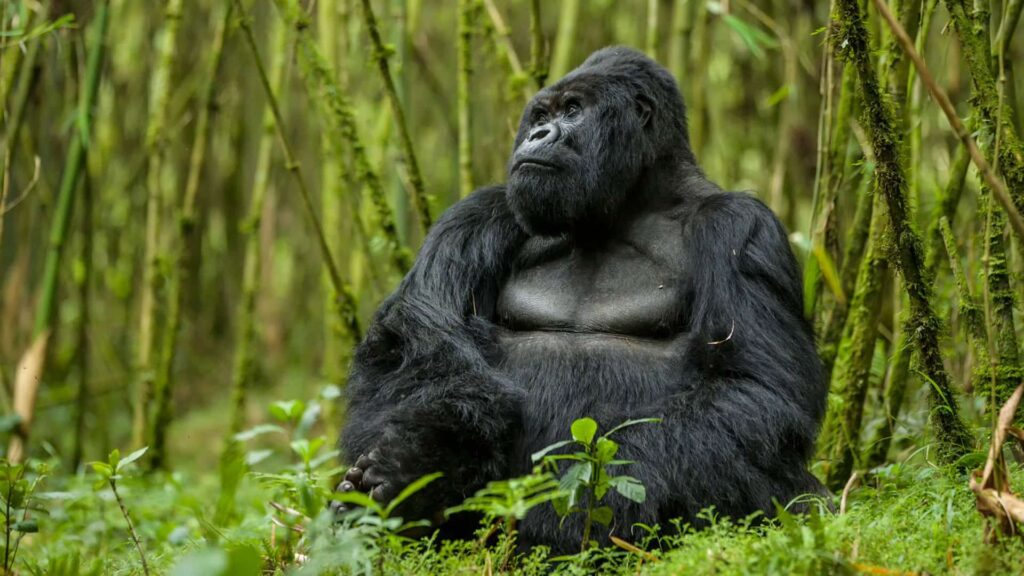
Rwanda and Uganda are the top destinations for mountain gorilla trekking. In Rwanda, you can trek to see mountain gorillas in Volcanoes National Park, while in Uganda, Bwindi Impenetrable National Park and Mgahinga National Park are the central locations for gorilla trekking.
Both countries offer similar experiences, such as hiking through dense forests to locate a gorilla troop and spending up to one hour with them. The choice between Rwanda and Uganda ultimately comes to cost, accessibility, and personal preferences.
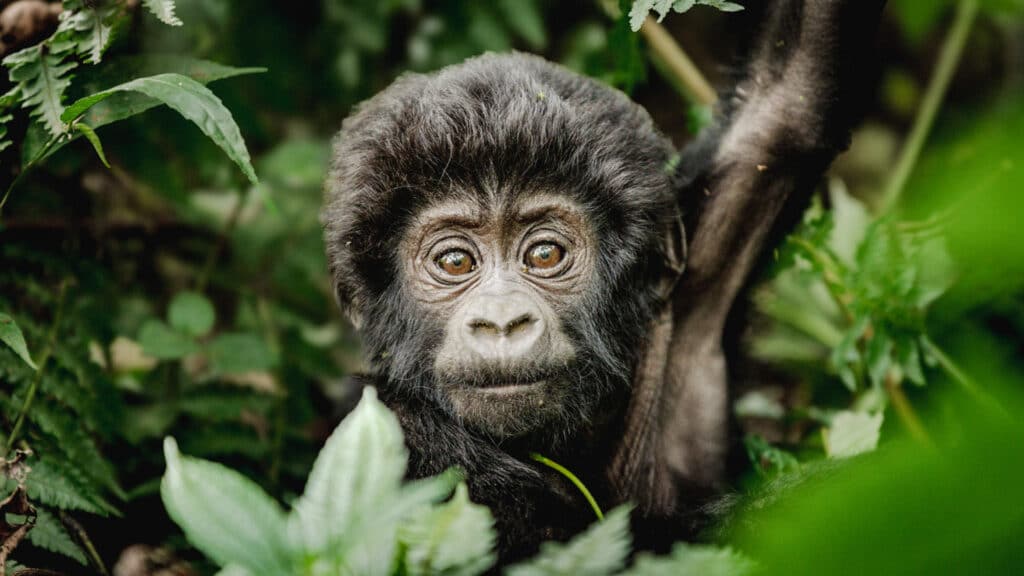
So, what’s on your mind? Of the top three experiences to enjoy after climbing Kilimanjaro – going on safari, visiting Zanzibar, or going gorilla trekking – is there one that stands out to you? Or perhaps you’re tempted by all three?
Whatever your thoughts are, don’t hesitate to reach out. We’re here to offer expert advice and help you choose the perfect adventure to complement your Kilimanjaro journey!
Let’s talk!
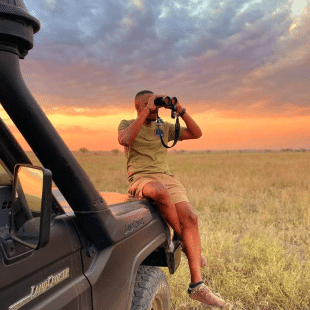
Head of written content